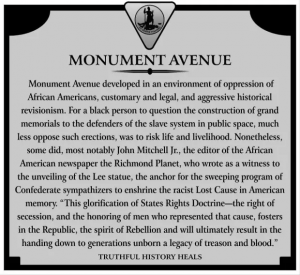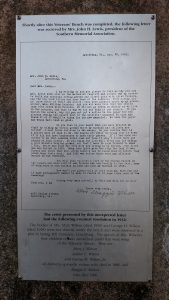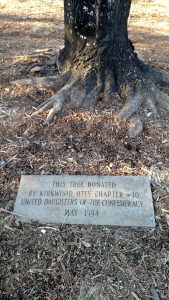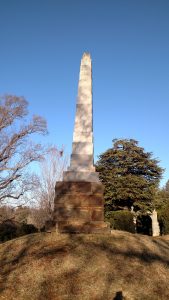The Materiality of Textuality (the word engraved, voiced, embodied)
Modernist Poetry
George Bornstein “How to Read a Page: Modernism and Material Textuality” from Material Modernisms PDF;
Emma Lazarus “The New Colossus” (quoted in the Bernstein chapter)
Music/song
Van Halen “Tattoo” https://www.azlyrics.com/lyrics/vanhalen/tattoo.html
Bodies
Women’s Bodies as Sites of Inscription
Megan Harlow “THE SUICIDE GIRLS: TATTOOING AS RADICAL FEMINIST AGENCY” in Contemporary Argumentation & Debate. Sep 2008, Vol. 29, (186-196)
The Politics of Memorial Acts of Inscription
Percy Bysshe Shelley “Ozymandius”
Class Sourced Material–There is a new urgency to considering the significance of written inscription. Considering the ways in which “The New Colossus” holds pride of place in ideas of the nation because of its inscription on the base of the Statue of Liberty, what language adorns post-civil war confederate monuments? While the sculptures are readily discussed, the words on these pedestals is less discussed.
Examples could include monuments in Norfolk, Portsmouth, Decatur, GA, etc.
From Stephanie:
https://whighill.wordpress.com/2016/07/02/reimagined-monuments-in-rva/
https://www.indiegogo.com/projects/truthful-history-heals#/
Supplemental Reading (not required): Images as the Text: Pictographs and Pictographic Logic, Johanna Drucker and Jerome McGann http://www2.iath.virginia.edu/jjm2f/old/pictograph.html
There are two textual practice demos this week. I see a connection between Matt’s and Walter’s demos in terms of manuals, technical books, and for Walter the concept of a text as a script for a performance–that the written text, like a work of drama, is not the event so much as the script for the event or performance.
Textual Practice Demo ONE
Matt will discuss the history of the technologies of common place books, diary keeping to blogging, & scrapbooking to pinterest, placing emphasis on the sameness and difference of each of these technologies and their significance in historical contexts.
Matt writes: “A diary is an individual’s written record of daily events which may express personal thoughts and opinions. A blog is an individual’s digital space used primarily for typing about daily experiences and social commentary. A scrapbook is a collection of personal photographs and other media which are artistically molded into the pages of a blank book. A pinboard – in the digital space – is an online area used for posting photographs, announcements, and other visuals in a social community. The textual practices of diaries and scrapbooks convey meaning though private recollections and shared familial memories, while the textual practices of blogging and digital pinboarding convey meaning through close-knit social groups online and/or strangers on the internet.” Here is a link to Matt’s visual aid for “From Diary Keeping to Online Blogging From Scrapbooks to Virtual Pinboards”: TPA
Textual Practice Demo TWO
Walter on cookbooks and recipes [Is writing a script for speech/performance? What is present in the kinds of writing we describe as manuals, like that of cookbooks? What is the role of variation and improvisation? These questions and the textual object of the recipe book opens up ideas of how text technologies have cemented particular variations and made it less acceptable to improvise (think the Iliad as an oral poem converted to material textual document)] Here are links to Walter’s visual aids: Instruction Ingredient List
Walter writes: “Why engage the cookbook as a text? The practice of meaning making begins at the surface–the counter or the page–and from there it is stirred and chopped and seasoned. In the end we have a dish, a story, a history to be savored, enjoyed and digested. The recipe is an intentionally collaborative text that does not have full meaning until a reader puts the recipe in motion. How then, does the recipe function? Does it insist on permanence, like a tattoo, or, is it a permeable text inviting a level play as seen in the Medieval texts?”



